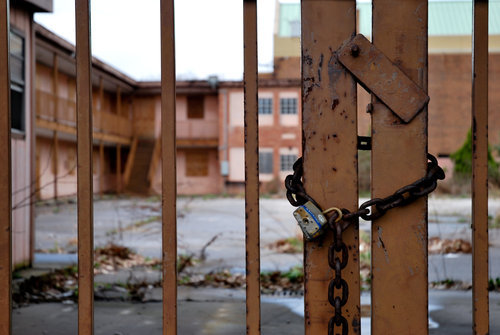
I spent much longer than planned in Birmingham, Alabama, because it’s just a short drive from Starkville and the next game turned out to be at the extremely-hard-to-find UAB basketball arena. The fans were … less true-blue and accommodating than those I found in Starkville, but they found some passion for the duration of the game, despite UAB having the worst baby-poo yellow and kelly green uniforms. The noise was satisfyingly deafening off the metal ceiling, but after the loss, the fire seemed to die down to embers pretty quickly.
Birmingham is an impressive Southern city, built up quickly after the Civil War because of prolific production of pig iron, at great worker & resident peril. Segregation, pollution, and racism plagued its growth and still leave its history tainted, but I think it’s a good survivor of a city.
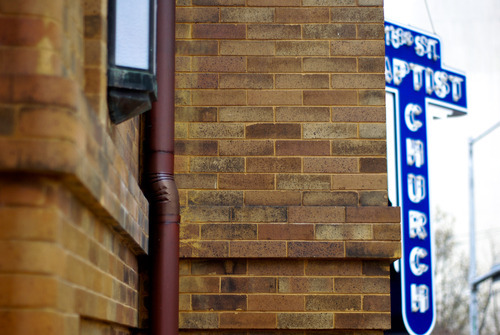
(The Sixteenth Street Baptist Church, site of the bombing which killed four little girls, next to the Civil Rights Institute, which was sobering.)
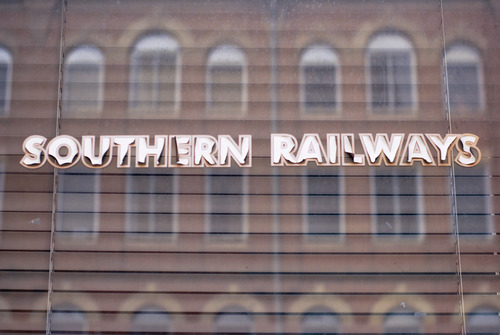
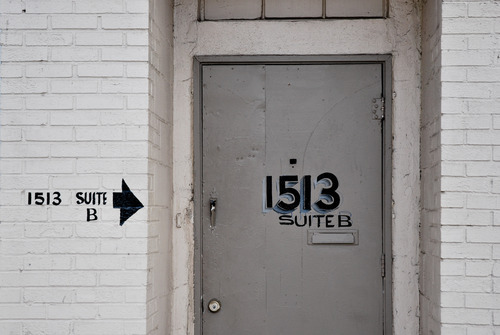
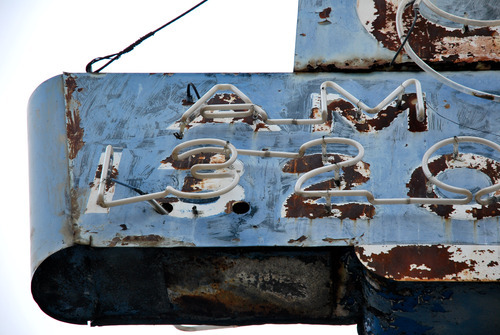
The city center roads are at various heights over the railroad tracks that undoubtedly ran constantly during the industrial heyday, so there are bridges and alleys and stairways that are mysterious and romantic.
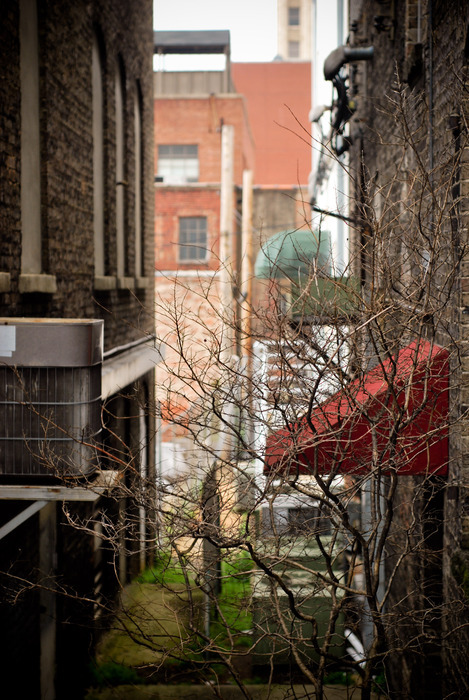
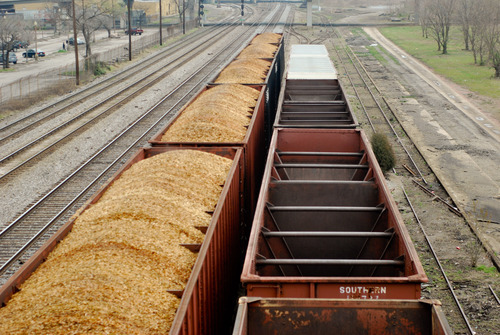
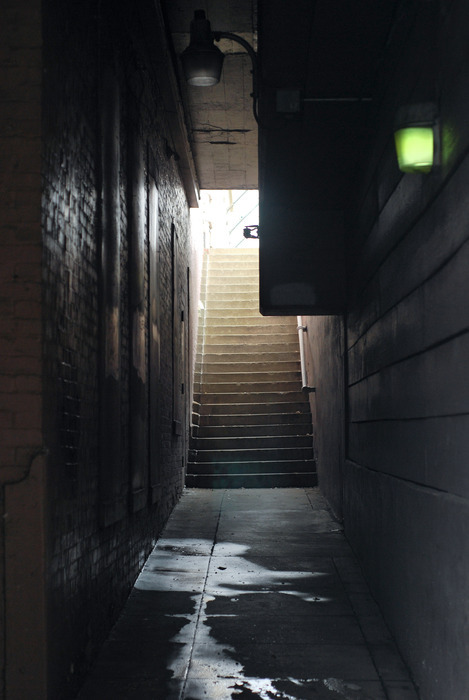

The smokestacks of Sloss Furnace are visible from lots of the city, and you can wander around on a self-guided tour. I was the only person there, which was creepy and interesting and haunting. It has been preserved as a historic landmark in lieu of being torn down in favor of a bunch of terrible development ideas, including an amusement park.

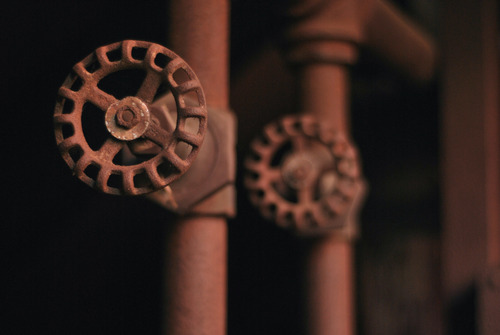
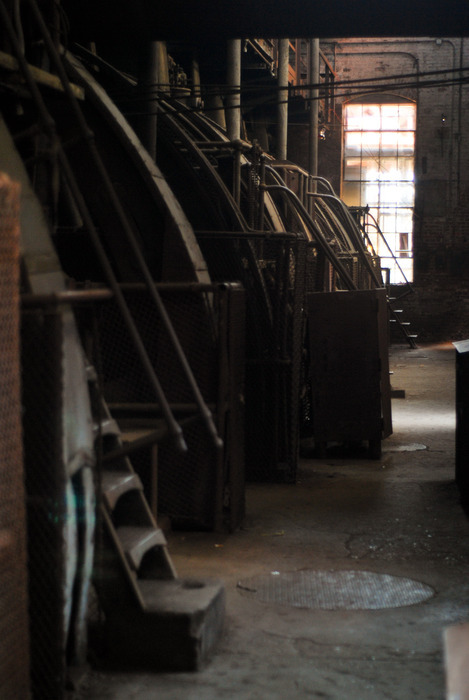
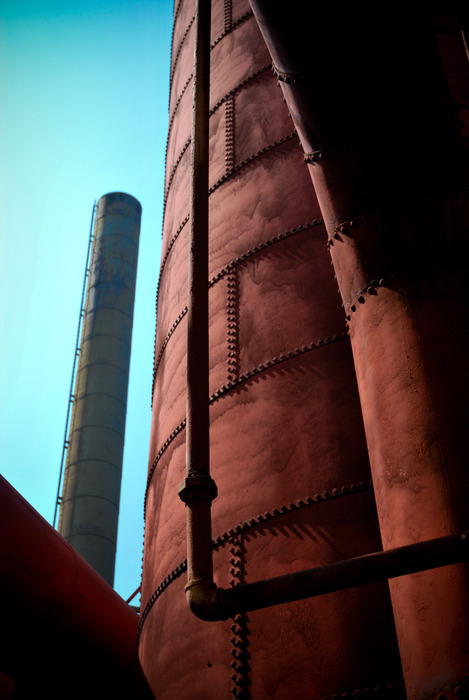
Beyond downtown, there is a lot of pleasantness, including a 1/5 replica of the Statue of Liberty, commissioned by the CEO of Liberty Insurance, which stands at the top of the hill where the Boy Scouts of America have a corporate headquarters, and though the themes of liberty and the Boy Scouts seem to match, they don’t appear to be connected in any way, except sharing the parking lot.
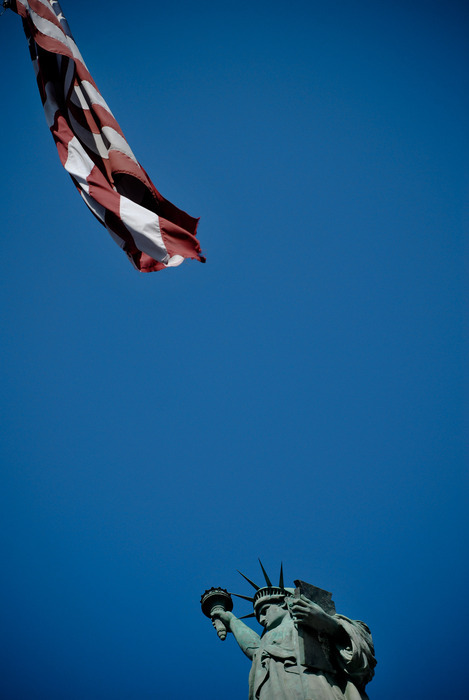
The more I wander around the south, the more I wonder about how southern cities of this size seem to end up afflicted with the same suburban expansion that leaves downtown for churches, government, universities if you’re lucky, a few hotels, random businesses that stubbornly hang on for centuries (in Birmingham it was restaurant supply and the strangest, darkest peanut roaster whose website couldn’t be further from reflecting its actual feel) where they were started by someone’s grandfather, and various restaurants, clubs, and architects’ offices. Blocks of empty high-rises with interesting architectural details were probably once the apartments of families and groups of girls who left home to be secretaries, but the emptiness is haunting, and even the greatest dreams of revitalization will never fill them back up. As nostalgic as I get for a time I wasn’t even around for, we are all faced with our modern reality of life outside the city, except for court business and the occasional social event where we search for parking.
